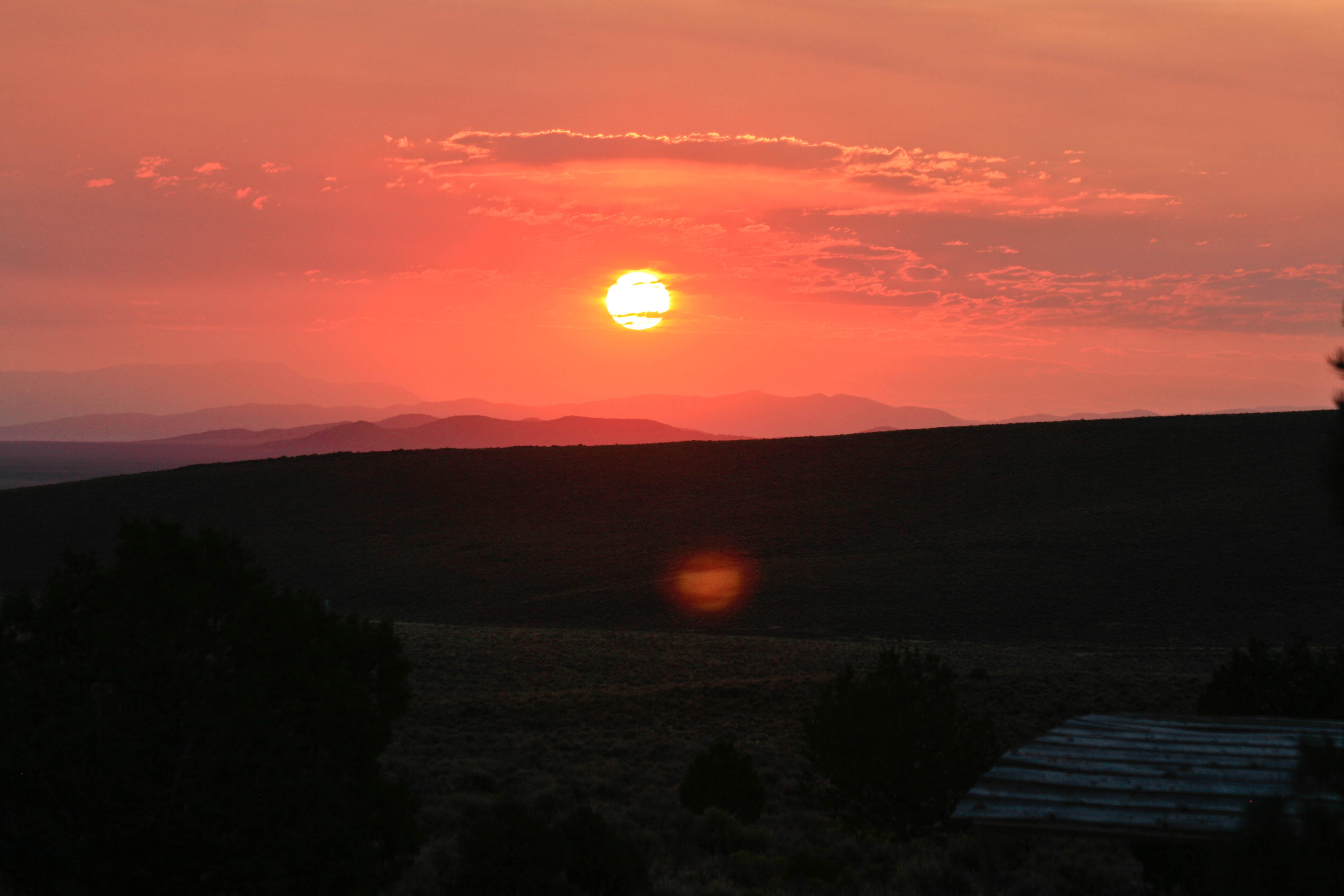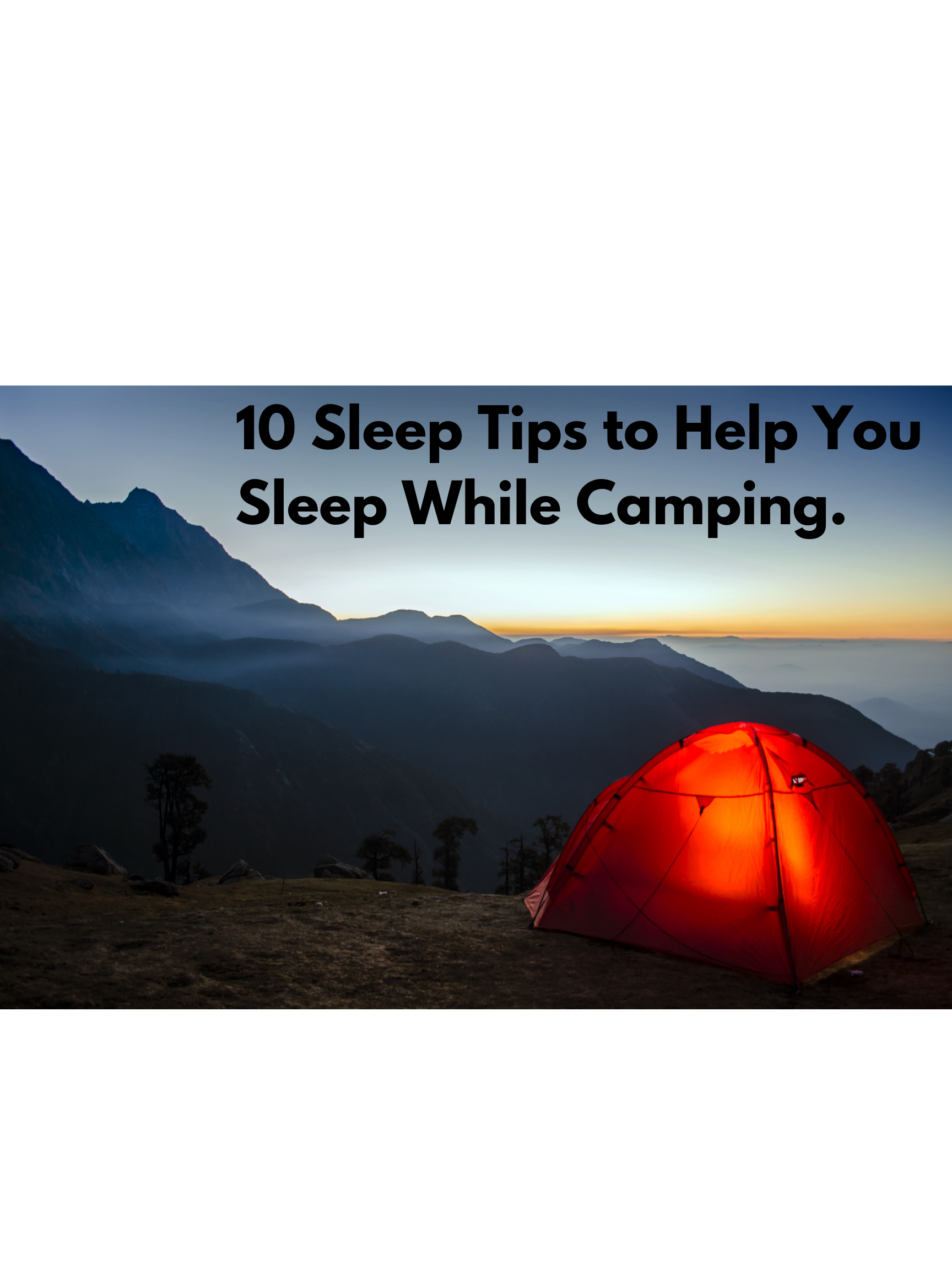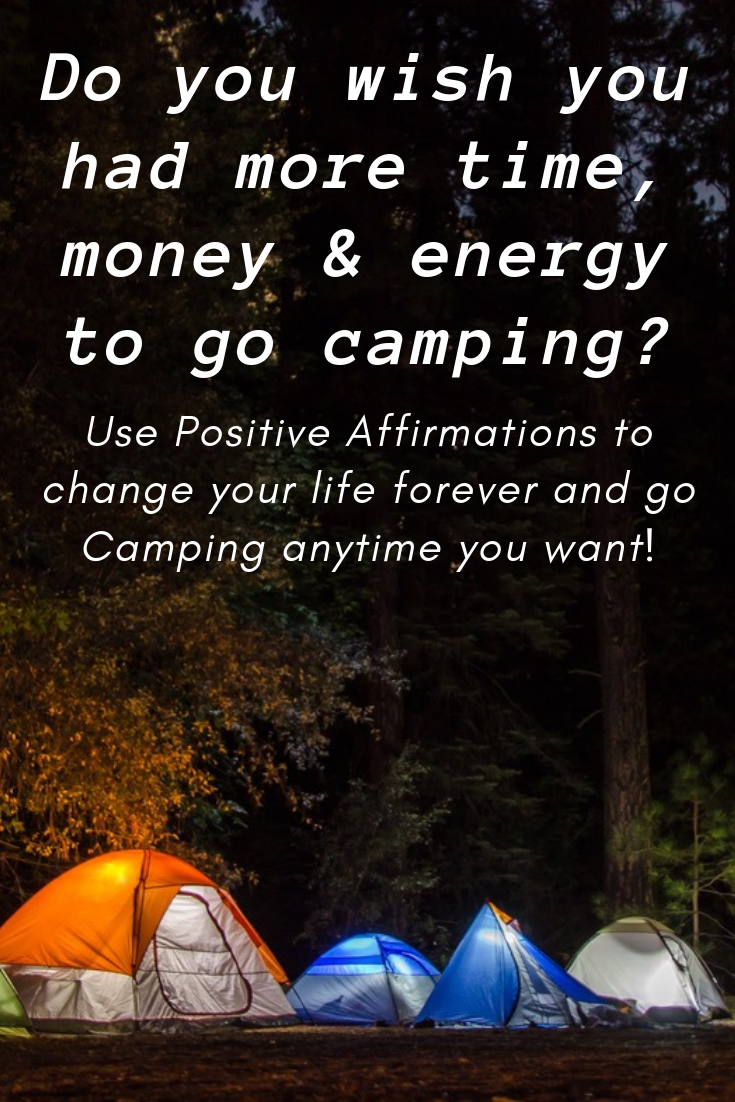Need some sleeping pad information? You've come to the right place.
Of all things for camping, the Sleeping Pad (or camping mattress) is one of the most potentially frustrating and possibly expensive things to buy. The whole idea behind needing one is to protect yourself from the cold hard ground, in hopes of getting a good night of sleep.
2 questions to ask when purchasing a pad:
First - How much padding do you need from the hard ground?
Second - How much insulation do you need from a cold ground?
Types of sleeping pads available:
Inflatable pads: (Or, air pads)
Overall, these give you a much better night’s sleep than other pads. They roll up small and are relatively light weight.
Unfortunately, all pads that self inflate or need to be blown up with a pump or your lungs, will eventually leak air. They're good when new but after extended use, they begin to leak. The result….you'll be lying on a hard cold ground in the middle of the night.
It is easy to do field repairs since most inflatable pads come with repair kits.
If treated with care, inflatable pads can last longer. As a general rule it’s a bad idea to use your pad outside the tent as there are too many objects around that can puncture it.
From personal experience I can say that fishing hooks and inflatable sleeping pads don’t go well together.
|
Closed-cell foam pads. Since these don’t have the extra padding, some body parts will get sore, especially if you like sleeping on your side. They are very light, provide good insulation, water proof, but generally don’t roll up tight and small. Then again, who cares unless you’re backpacking. However, one thing is certain, these foam pads are indestructible. Take these to concerts in the park, sit around the campfire, extra padding in a chair or lounging around in the backyard. Even if your dag chews on these pads, you'll still be able to sleep it. Best of all these are very inexpensive. |
 ( Photo: Waking up to a smoky sunrise in the Nevada Mountains after a great night sleep on my foam sleeping pad.) |
Open cell foam pads. (The stuff you can ship eggs in.)
Regular or open-cell foam pads are comfortable but don't work well in wet areas. They soak up water like a sponge! Also a bit heavy and they don’t compress well to roll up to a small size. But, they are really cheap. I only use open-cell foam pads when sleeping in the back of the truck or if I'm certain there's no rain in the weather forecast.
I’ve purchased a couple of the open cell pads from the hardware store and stuffed them into cotton liners.
The ones I have used to be part of a cot system. When sleeping in the truck I use a couple others from a wrecked VW Eurovan. They fit perfectly in the bed of the pickup truck.
Yoga mats: (The newer styles are thicker....but still.)
And, yes I have seen people use yoga mats. A yoga mat is probably too thin if you’re sleeping on bumpy terrain. However, it can be one of those alternative new concepts for camping, if you're planning a yoga session in the morning anyway.....
New technology.
There are inflatable pads available where the edges around the outside are a little thicker than the center. This will keep everything in place at night so you won’t slide around.
I’ve spoken with a few people that have this pad and they love it. A bumpy ground is less noticeable with this pad. It is relatively light weight and rolls up small if you ever decide to go backpacking with it. The only downside is the price and that it is difficult to blow up if you don’t have a pump. 30 breaths of air to fill it up I’ve been told!
Material.
It's best to buy a pad made from a non-slippery material. Sleeping pads with a slick surface will cause you to slide around, especially if your tent is on a slight slope.
Make sure the sleeping pad material goes with the sleeping bag material. Sometimes the two rubbing together make a lot of noise when moving around at night.
What size do I need?
Be sure to pick out a pad large enough for your body size, since they come in different widths and lengths. Especially for guys, sleeping on too narrow of a pad is awful! This problem becomes worse once you have a thicker pad. The Big Agnes Pad is 3-1/2 inches thick. If you purchase one, make sure your arms remain on the pad while sleeping on your back. The prices between sleeping pad sizes can vary immensely as well.
For women: There are sleeping pads designed especially for women. they offer more padding in the hip area and come in shorter lengths.
What shape of sleeping pad should I get?
These day’s pads come in different shapes as well. There are rectangular and mummy shapes. That way they match tent floor plan design and sleeping bag shapes. Since a mummy bag has less material overall, it will be lighter than a rectangular one.
What about R-values?
R-values are important to consider when purchasing a pad. It’s a measure of thermal resistance. So, what does that mean for you? Basically, the higher the number, the more the pad will insulate you from the cold ground. The number in itself may mean nothing but if you compare the numbers between sleeping pads, it does. The values range from almost 0 to about 9.5.
Surprisingly the body loses lots of heat downward into the pad while sleeping. If you plan to camp only in the hot summer months you can get away with a pad with an R-value of 2 or less. An R-value of 5 is a good number for three seasons and if you ever decide to camp in the winter then I would opt for something closer to an R-value of 9.
The self-inflating Therm-a-Rest Pads are the industry leaders when it comes to high R-values.
When I car camp in the spring or fall, I still use my “homemade” open-cell foam pads. However, I do add two layers of wool blankets top and bottom. That helps a lot!
If you find a sleeping pad that you really love....or hate, we'd like to know more about it.
Click on the link to go from the sleeping pad page back to the things for camping page.
You may also be interested in reading more about......
How to choose the right camping tent for you.
What to look for when purchasing a sleeping bag.
Some things to consider before you purchase a flashlight for camping.



